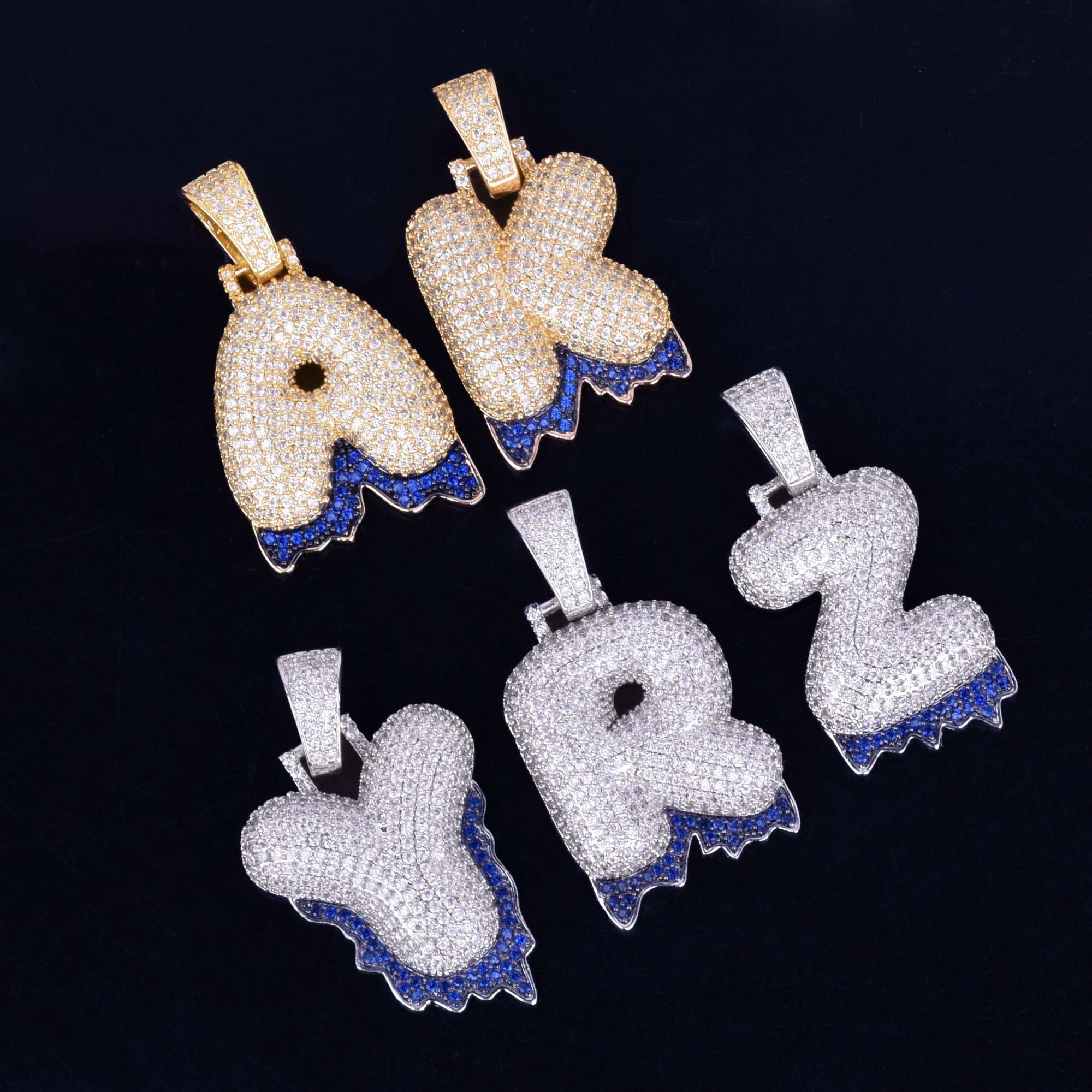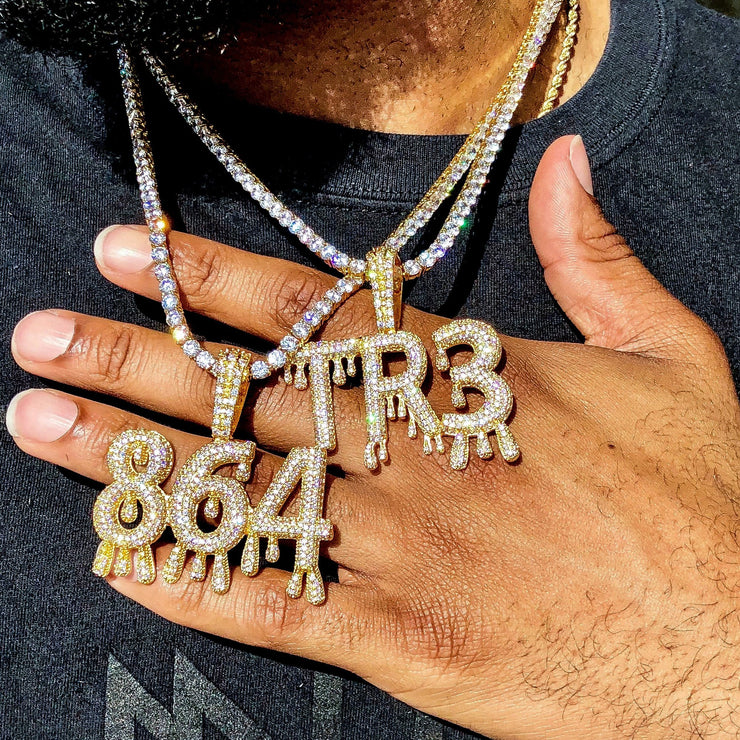
Employees quickly realised he did not understand the processes and technologies in the lab. He took care of the day-to-day business but had no knowledge of biomedicine and had never worked in a tech start-up. In 2009, Ramesh “Sunny” Balwani joined Theranos. They all lost their investments when Theranos collapsed. Holmes received money for the startup from no less famous names: Walmart’s founding Walton family invested $150 million, media mogul Rupert Murdoch put in more than $120 million while former Secretary of Education Betsy DeVos contributed $100 million. With the help of his connections, the board was filled with influential people from politics and business over the next few years including former Secretary of State Henry Kissinger, former Secretary of Defence William Perry, former General Jim Mattis, and former Wells Fargo Bank CEO Richard Kovacevich. In 2011, Holmes met former US Secretary of State George Shultz and shortly afterwards, he too became a Theranos board member. Whether Robertson was aware of the deficiencies himself remains an open question. He spent a significant period defending Holmes and Theranos against critical questions and doubts about the effectiveness of the technology. The bioengineering expert helped the company gain scientific credibility externally and he received a lavish salary in return. Holmes had worked in his lab, Robertson became her mentor, and shortly afterwards the first board member at Theranos. As mentioned already, one of her first and most important advocates was Stanford professor Channing Robertson. Holmes was able to rally a powerful circle of supporters around her. That same year, then Vice President Joe Biden visited the Theranos lab in Palo Alto and praised Holmes as an inspiration. In 2015, Theranos was valued at $9 billion and with Holmes considered the youngest self-made billionaires in the US, she landed on Time magazine’s list of the 100 most influential people. Holmes became a media star and celebrated visionary, appearing on the cover of Fortune, Forbes and Inc. She claimed to investors and business partners that the tests were being used by the US military in their medivac helicopters, a claim she only recanted when questioned by investigators under oath. Holmes promised that Theranos blood tests would soon be available within 5 miles of every American household. Two years later, the company entered into a partnership with US drugstore chain “Walgreens” whereby the company’s tests would be offered in more than 40 shops. Holmes also began to speak with a deeper voice. She hired Apple designers for the product design of the laboratory’s “Edison” device and she soon appeared wearing only black turtlenecks. Holmes is said to have worshipped and emulated Apple founder Steve Jobs. Although Holmes entered the limelight in 2013 and quickly turned into a media star, the aura of mystery surrounding Theranos would persist until the company’s fall. Initially, the company operated in “stealth mode” without a corporate website or press releases. Robertson put Holmes in touch with venture capitalists and she had raised $6 million in capital by the end of 2004. She convinced her Stanford professor, Channing Robertson, of her idea and recruited him as the first board member. Holmes’ business idea promised billions in sales.Īfter dropping out of Stanford, Holmes used the money her parents had saved for her education as seed money for Theranos.


In doing so, the company would have challenged US market leaders such as Labcorp and Quest Diagnostics, who use tubes of blood for tests while the results take several days.

Patients would benefit not just from a less painful procedure but also from cheaper tests which can currently prove expensive under the American health system. Theranos promised to make blood tests easier, faster and cheaper. Samples were taken with a specially designed blood collection pen (similar to the way diabetics measure blood sugar levels) and analysed in the company’s specially developed mini-laboratory device called “Edison”. Instead, just a few drops should be enough to look for markers of cholesterol, diabetes, cancer and a range of other diseased.
#DRIP LETTER CHAIN FULL#
She even filed the necessary for paperwork to acquire a patent.Ī short time later, this gave rise to the business idea of Theranos whereby patients should no longer be required to hand over several tubes full of blood for blood testing.
#DRIP LETTER CHAIN PATCH#
During her first year at Stanford in 2003, Elizabeth Holmes developed the idea of creating a patch that would test microscopic blood samples for infectious diseases and dose antibiotics for treatment.


 0 kommentar(er)
0 kommentar(er)
